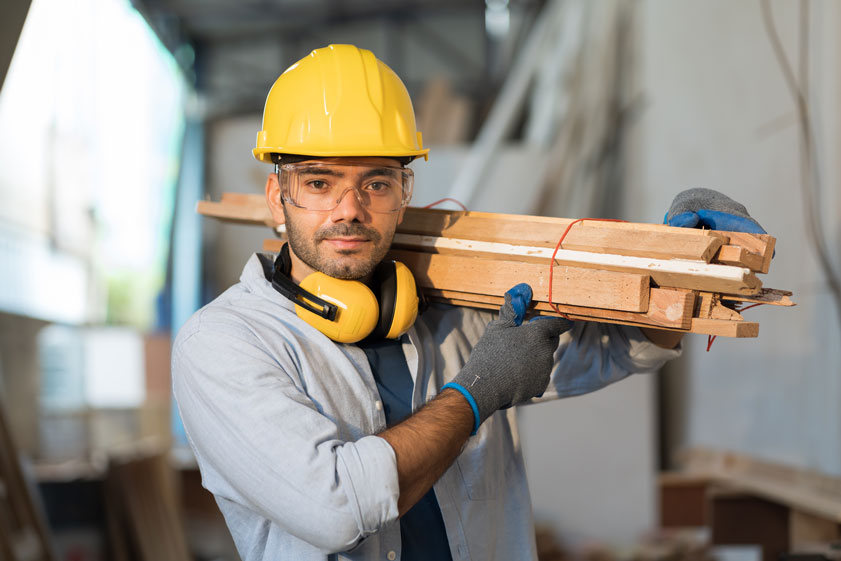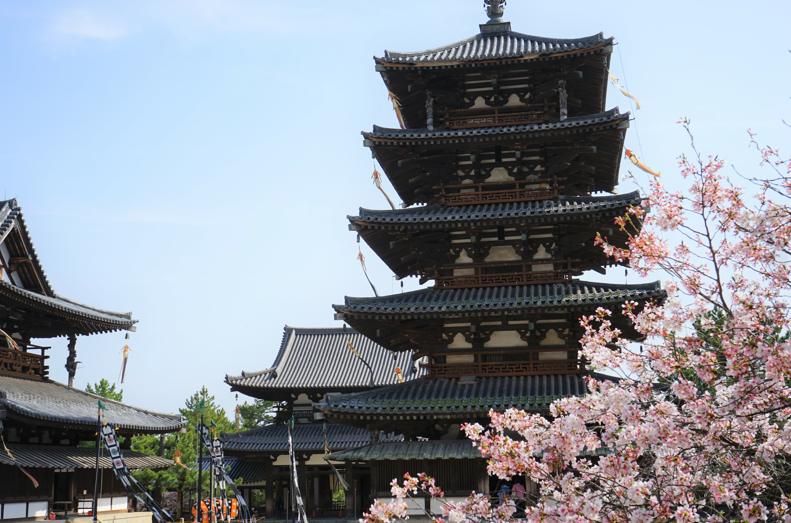Part A Introduction & Ice break

Part A_1 Introduction & Ice break
Let’s introduce ourselves to each other.
My name is ________. What is your name?
Part A_2 Introduction & Ice break
I am ________. Nice to meet you.


Part A_3 Introduction & Ice break
Nice to meet you too, ________. What are you going to do after school today?
Part A_4 Introduction & Ice break
| Answer: |


Part A_5 Introduction & Ice break
I see. Let’s begin our lesson!
Part B Picture Description
Describe the pictures.

Part B_1 Picture Description
Please look at the picture. Then, give 5 things that you see in the picture.
(If your student is having a hard time to answer, please point at each item in the picture and ask your student what each item is.)

Part B_2 Picture Description
| 1. | |
| 2. | |
| 3. | |
| 4. | |
| 5. |


Part B_3 Picture Description
Next, give 3 things that you see in the picture. Then, answer the question about it.
(If your student is having a hard time to answer, please point at each item in the picture and ask your student what each item is.)

Part B_4 Picture Description
| 1. | |
| 2. | |
| 3. |


Part B_5 Picture Description
| What does the man in the picture hold? What do you think he is going to do? |
Part B_6 Picture Description
| Answer: |


Part B_7 Picture Description
Now, let’s review your answers.
(Please review your student’s answers by sending the correct answers.)
Part B_8 Picture Description

Part C Vocabulary
Learn the vocabulary words related to the topic.

Part C_1 Vocabulary
We’ll read aloud the words and sample sentences below. Please repeat after me. I will check your pronunciation.
Part C_2 Vocabulary
 |
pagoda 塔 |
 |
wood 木材 |
 |
pillar 柱 |
|
sway (前後・左右に)ゆすぶる |
 |
willow 柳の木 |


Part C_3 Vocabulary
Please choose a word to complete each sentence. Then, read aloud the sentences.
Part C_4 Vocabulary
pagoda
wood
pillars
swaying
willow
| 1. | This temple is made of ___________. |
| 2. | There is many ancient ___________ in Japan. |
| 3. | The trees were ___________ in the wind. |
| 4. | A ________ tree sway. |
| 5. | The _______ of this building are made of wood. |


Part C_5 Vocabulary
Great! Now, let’s review your answers.
(Please review your student’s answers by sending the correct answers in complete sentences. After that, ask your student to read aloud his or her corrected answers.)
Part C_6 Vocabulary

Part D Passage Reading
Read the passage and check your pronunciation. Make sure you understand the content.

Part D_1 Passage Reading
We will read the passage aloud. Then, I will check your pronunciation and intonation.

Part D_2 Passage Reading
Japanese architecture

Wood is used to construct traditional Japanese structures. The Five-story Pagoda of Horyuji is one example. The pagoda has stood in Nara for over 1,300 years. Even though the pagoda is made of wood, it has never been seriously damaged by earthquakes or typhoons. It has long been unknown what gives the Pagoda of Horyuji its strength. A Japanese architect points out, “Each of the five roofs swings independently when an earthquake occurs. Then, the central pillar, which runs through the five roofs, absorbs their movement and weakens the swing.”
The pillar and beam joints are somewhat flexible. This makes the pagoda sway like a willow tree. This ancient technology is now used in modern buildings. It was used in the design of Tokyo Skytree.
The pagoda is seen as a representation of Japanese construction methods They are based on the idea of accepting and adjusting to force instead of going against it. Traditional Japanese buildings need repairs from time to time. It is the younger generation that can keep the traditions alive.

Part D_3 Passage Reading
Great! Now, let’s review some words and sentences in part D_2.)
(Please send the corrected pronunciation to your student.)
Part D_4 Passage Reading

Part E Comprehension Questions
Answer the following questions based on the passage.

Part E_1 Comprehension Questions
Now, please answer the questions based on the passage. I will check if your sentences are complete and if the grammar is correct.

Part E_2 Comprehension Questions
| 1. | How many years has Horyuji stood in Nara? |
Part E_3 Comprehension Questions
| Answer: |


Part E_4 Comprehension Questions
| 2. | What was used in the design of the design of Tokyo Skytree? |
Part E_5 Comprehension Questions
| Answer: |


Part E_6 Comprehension Questions
| 3. | What are Japanese construction methods based on? |
Part E_7 Comprehension Questions
| Answer: |


Part E_8 Comprehension Questions
Now, let’s review your answers.
(Please review your student’s answers by sending the correct answers.)
Part E_9 Comprehension Questions

Part F Answer questions

Part F_1 Answer questions
Now, please answer the following questions about yourself.

Part F_2 Answer questions
| 1. | Have you ever visited historical buildings? What did you think about it? |
Part F_3 Answer questions
| Answer: |


Part F_4 Answer questions
| 2. | What is the famous building in Japan that you know? What kind of building is it? |
Part F_5 Answer questions
| Answer: |


Part F_6 Answer questions
| 3. | What do you think of the advantages of a flexible structure? |
Part F_7 Answer questions
| Answer: |


Part F_8 Answer questions
Now, let’s review your answers.
(Please review your student’s answers by sending the correct answers in complete sentences. After that, ask your student to read aloud his or her corrected answers.)
Part F_9 Answer questions

Part G Presentation
Make a presentation about the theme.

Part G_1 Presentation
Now, you will give a presentation. You can use the answer you just provided. You have 3 minutes to prepare.
Part G_2 Presentation
(Prepare for 3 minutes.)


Part G_3 Presentation
Then, start your presentation.
Part G_4 Presentation
(Please start your presentation.)
Explain your favorite architecture in Japan or in foreign countries with some reasons.


Part G_5 Presentation
That was awesome! You did a very good job in the presentation.
Part H Questions
Answer questions about the presentation.

Part H_1 Questions
Thank you for your presentation. You did a very good job.
Now, I will ask you some questions about your presentation.
Now, I will ask you some questions about your presentation.
(Please ask the three questions below about the student’s presentation.)
| 1. | What are the new things you learned through thinking about the theme? Why do you think so? |
| 2. | What do you think we can do related to the theme? How we can do it? |
| 3. | Did you find any differences between the architecture of Japan and that of other countries? |
Part H_2 Questions
| Answer: |


Part H_3 Questions
Good job! Thank you for sharing your opinion!
Part I Role play
Talk about the following situation.

Part I_1 Role play
Let’s do a role play with the given situation. You should mention the items below during the conversation.
Part I_2 Role play
| Situation: |
You are talking with your friend about architecture. Ask him/her about his/her favorite building.
(Your tutor will pretend to be your friend.)
|
| Items to mention: |
– your friend’s favorite building – why it is his/her favorite – where it is located |

Part J Feedback

Part J_1 Feedback
You did a wonderful job. Now, I will give you feedback on your presentation.

Part J_2 Feedback
(Please give a short feedback on how your student’s presentation.)
| Vocabulary | Intonation | Fluency | |
|---|---|---|---|
 GOOD GOOD |
Used appropriate expressions learned in class. | Was able to pronounce most of the words clearly and correctly. | Was able to speak fluently. |
 FAIR |
Used appropriate expressions learned in class and made a few errors in word choice. | Mispronounced a few words. | The conversation sometimes stops. |
 POOR |
Used only a few words and expressions. | Mispronounced most of the words. | The student frequently stops the conversation, making it difficult to comprehend the content. |
Part K Free talk

Part K_1 Free talk
Let’s do a free talk.
(Please do a free talk if you have time left.)

Part K_2 Free talk
| 1. | What is your vision of your future? |
| 2. | Tell me the important person for you. |
| 3. | What is important to understand about diversity? |
Part K_3 Free talk
| Answer: |

